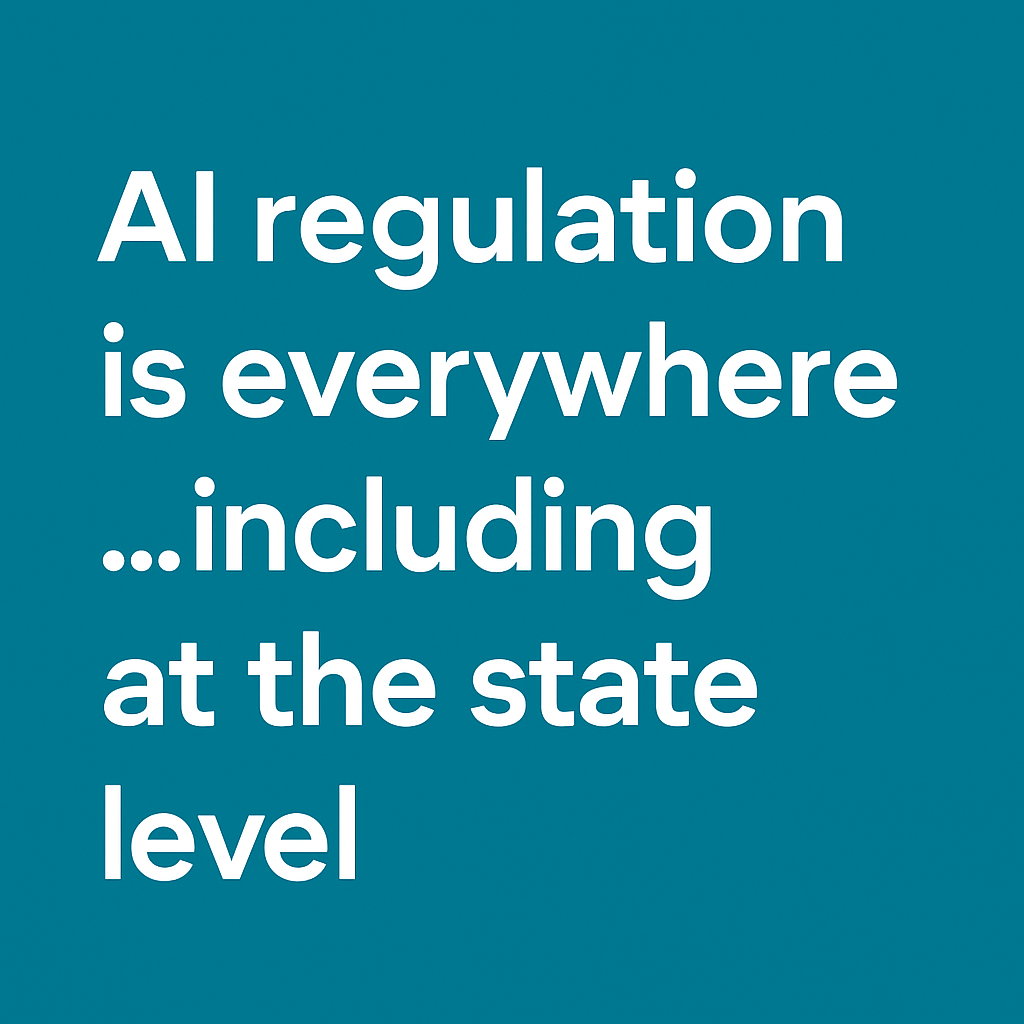Securities regulators have begun using artificial intelligence (AI) in recent years, mostly for the purposes of predicting risk, determining which entities to examine, and aiding investors and customers. Here we will discuss AI uses by two regulators: the Securities and Exchange Commission (SEC) and the Financial Industry Regulatory Authority (FINRA). The use of AI focuses on recognizing patterns and common associations in the data to help detect fraud and possible misconduct and to help investors and entities understand the rules and be more efficient in their compliance.
The SEC uses AI to help detect wrongdoing by corporate issuers and investment advisors
The SEC created the Office of Data Science within the Division of Economic and Risk Analysis (DERA) in 2020 in part to use AI/machine learning to help identify possible misconduct by corporate issuers and investment advisers. DERA staff employ algorithms to help identify unique reporting behavior from the regulatory filings of investment advisors as a part of their mission to enable senior leaders to make data-driven, evidence-based decisions and enhance data accessibility and usability. The algorithms utilize both topic modeling and tonality analysis. Topic modeling uses natural language processing to discover topics within and across documents by measuring the frequency of terms and then looking at the set of terms, taken together, for the suggested shared theme or topic. Tonality analysis gauges the negativity of a filing by counting the frequency of certain financial terms that have been academically determined to have negative financial implications. These data on negative financial terms are then combined with past examination outcomes and fed into a machine learning algorithm to help predict the presence of idiosyncratic risks. These AI algorithms can be five times better than employing no algorithm at all in identifying language in investment adviser regulatory filings that could result in a referral to enforcement.
Additionally, with the use of AI, DERA determined that when corporate issuers were the subject of financial reporting-related enforcement actions, they made less use of terms that were categorized under topics related to performance discussions. Using fewer identified topics is consistent with issuers charged with misconduct playing down risks and concerns in their financial disclosure. Thus, AI has helped SEC staff predict and better manage its investigation and enforcement resources vis-à-vis wrongdoing by investment advisers and corporate issuers.
FINRA has created an AI tool for searching rules
FINRA launched the FINRA Rulebook Search Tool (FIRST) in October 2022 to aid those wanting to search rules in an automated way, including retail investors, regulated entities, market participants, and even computer systems.
FIRST is a machine-readable rulebook created by an embedded taxonomy—a method of categorizing a hierarchy of key terms and concepts. The two-tiered taxonomy is comprised of both high-level summaries and detailed, more comprehensive versions of regulatory topics associated with FINRA rules. FIRST organizes, manages, indexes, and tags 40 of the most frequently viewed FINRA rules to make it easier to navigate and search. Tagging helps users more easily understand the rules and determine which apply to them.
Download the ebook → AI insights survey: Adopters, skeptics, and why it matters.
FIRST can also work as a reverse search. Instead of starting at the search tool page, you can start on a page with tagged rule text. If you click on one of the tags, it will show you all rules with the same tag. Comparable to online shopping, where filters can narrow down your search, FIRST can help you find what you are looking for based on specific terms. The use of AI not only helps people find FINRA rules, but also helps people get a better understanding of how the different obligations overlap.
Additionally, FIRST provides the ability to integrate rule content, including the taxonomy terms, into compliance policies and procedures through the FINRA Application Programming Interface (API). The API can feed internal compliance systems and can facilitate the development of automated compliance tools, making it easier to see if policies and procedures in a company need to be updated.
AI can revolutionize our approach to many industries, including financial regulation
Regulators continue to use AI to monitor markets for possible misconduct and ensure market integrity. As AI evolves to develop systems capable of aggregating data and assessing whether certain federal securities laws and regulations may have been violated, the future could involve AI creating a detailed report with justification supporting the identified market risk that can then be forwarded to staff who further evaluate the possible violations. Regulator commitment to investor protection in the future will be to continue to involve the use of sophisticated data analytics to provide insight into the market and better utilize government resources. Regulators have harnessed many benefits from AI to help protect investors and financial institutions and will likely continue to get more sophisticated.
So that's how regulators are using AI—what about financial services professionals? Download our ebook to discover their perspective: AI insights survey: Adopters, skeptics, and why it matters.
The opinions provided are those of the author and not necessarily those of Fidelity Investments or its affiliates. Fidelity does not assume any duty to update any of the information.
1079290.1.0


-1.png)




